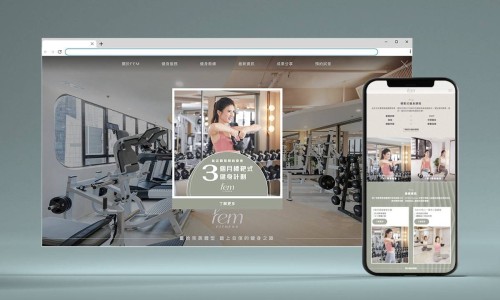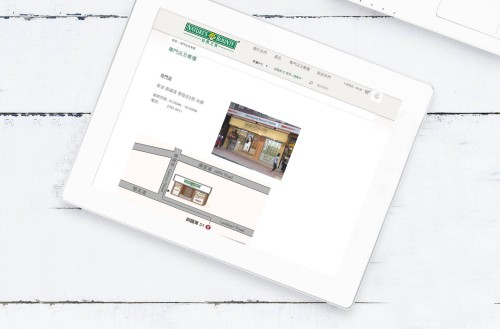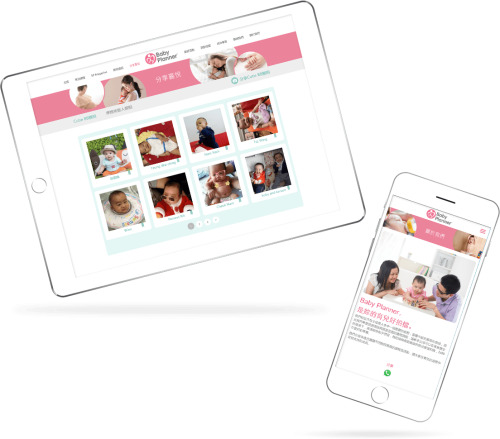In today's digital age, a website is often a business's first and most crucial impression. A well-designed website can significantly impact a company's success by attracting new customers, building trust, and enhancing brand recognition. Investing time and money into creating a professional website is not just an expense; it's a strategic investment that can yield substantial returns.
A professionally designed website is visually appealing and easy to navigate. It should be visually consistent with your brand's identity, using colors, fonts, and imagery that resonate with your target audience. A clear and intuitive layout guides visitors through the site, making it easy to find information and take desired actions. This attention to detail creates a positive user experience, encouraging visitors to stay longer and explore your offerings.
A professional website is also optimized for search engines, ensuring it appears prominently in search results for relevant keywords. This is achieved through a combination of technical optimizations, such as fast loading times and mobile-friendliness, and strategic content that incorporates relevant keywords naturally. By ranking higher in search results, your website attracts more organic traffic, increasing your visibility and reach.
Moreover, a well-designed website can enhance your brand's credibility and trustworthiness. A professional appearance conveys a sense of legitimacy and professionalism, inspiring confidence in potential customers. A website that is regularly updated with fresh content demonstrates your commitment to your business and your customers' needs. This builds trust and loyalty, encouraging repeat business and referrals.
Investing in a professional website design can also improve your website's conversion rate. A well-structured website with clear calls to action, such as "Contact Us" or "Buy Now," guides visitors towards desired actions. By making it easy for visitors to take the next step, you can increase your chances of converting them into customers. This can lead to higher sales, increased revenue, and a stronger bottom line.
While the initial cost of designing a professional website may seem significant, it's a long-term investment that can pay off in multiple ways. A well-designed website can attract new customers, improve your brand's reputation, enhance user experience, and drive sales. By prioritizing website design, you're investing in the success of your business and positioning yourself for growth in the competitive digital landscape.
In conclusion, a professionally designed website is an essential tool for businesses in today's digital age. By investing time and money into creating a visually appealing, user-friendly, and optimized website, you can enhance your brand's credibility, attract new customers, and drive sales. The long-term benefits of a well-designed website far outweigh the initial costs, making it a strategic investment that can propel your business forward.

























